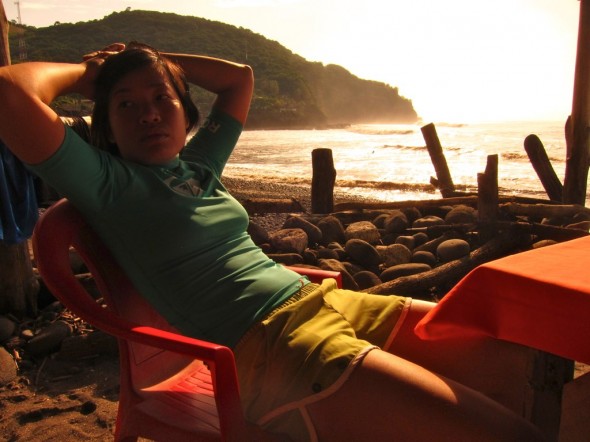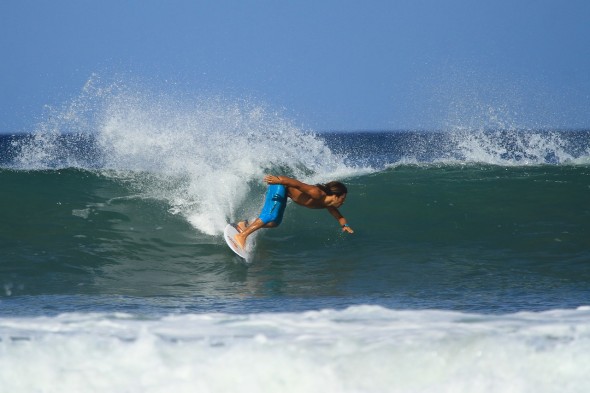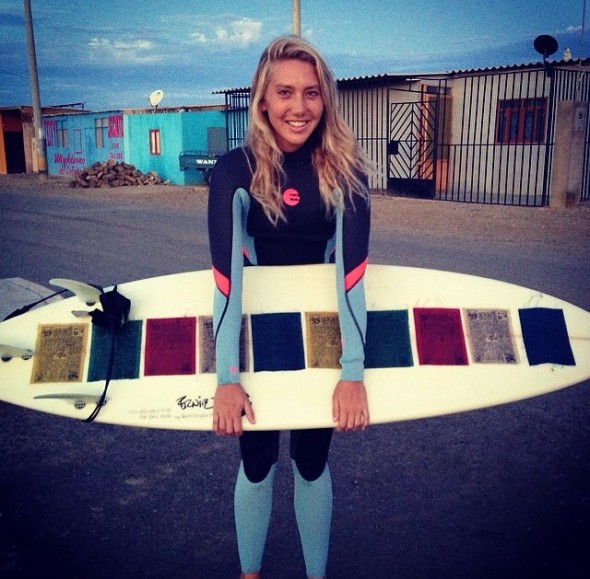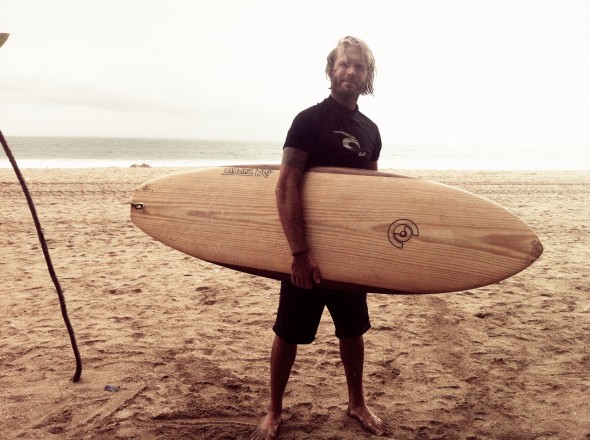 You may be an old pro at recycling bottles and cans in the kitchen, but many of us forget to recycle in other rooms of the house. In fact, the EPA estimates that nearly 75% of our trash if recyclable and/or compostable, but we send nearly 70% of it to the landfill. So what can you recycle?
You may be an old pro at recycling bottles and cans in the kitchen, but many of us forget to recycle in other rooms of the house. In fact, the EPA estimates that nearly 75% of our trash if recyclable and/or compostable, but we send nearly 70% of it to the landfill. So what can you recycle?
In the bathroom, donate toilet paper rolls, empty tissue boxes, personal care product plastic bottles. When it comes to closet cleaning, don’t toss out that old shirt! Textiles account for nearly four million tons of solid waste every year, or four percent of the content of our landfills. Donate it to charity, turn it into a rag, or use a sewing machine to upcycle—like recycling, only better—it into something amazing.
Your office batteries and ink cartridges can be recycled, but you can’t just dump them in your blue bin; typically, office supply stores have recycling programs. Office equipment like phones and computers can also be recycled through general electronics collections at places like the Goodwill.
Still confused by basic recycling? Flip over any plastic container and check out the triangular arrows on the bottom. That’s the “chasing arrow” symbol, and the number in the middle indicates the type of plastic the container is made from.
Typically, numbers one and two are the most widely recyclable plastics, but there are exceptions—some recycling programs even take Styrofoam! Check Earth911.org to determine what’s recycle-worthy in your ‘hood.
Finally, a word about composting. Keep a bowl for veggie scraps next to the sink and you can cut down your kitchen trash by 50% when you dump it in the outdoor composter. And here’s the kicker: Even if you never add worms and don’t think about it except to dump your wilted lettuce in there every few days, once a year you can pull compost out of the bottom and score yourself the most kick-ass garden in town. Don’t have a compost—or a garden? Drop those scraps in the green bin. It’s still better than trashing them!












